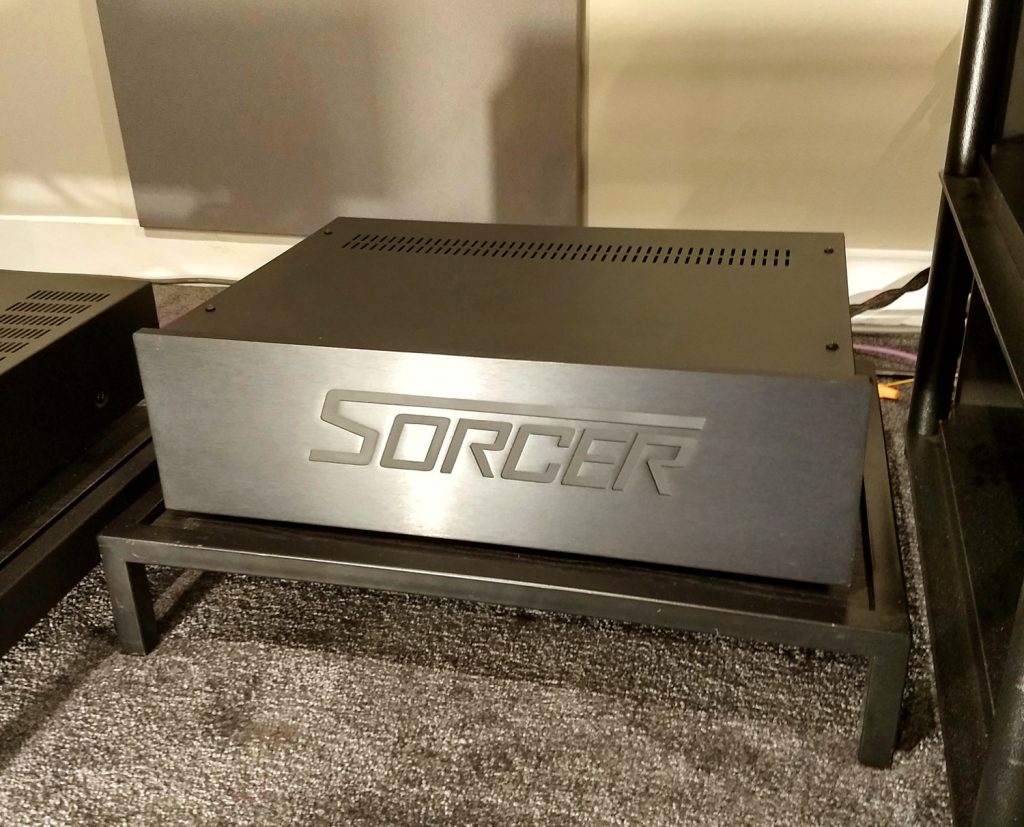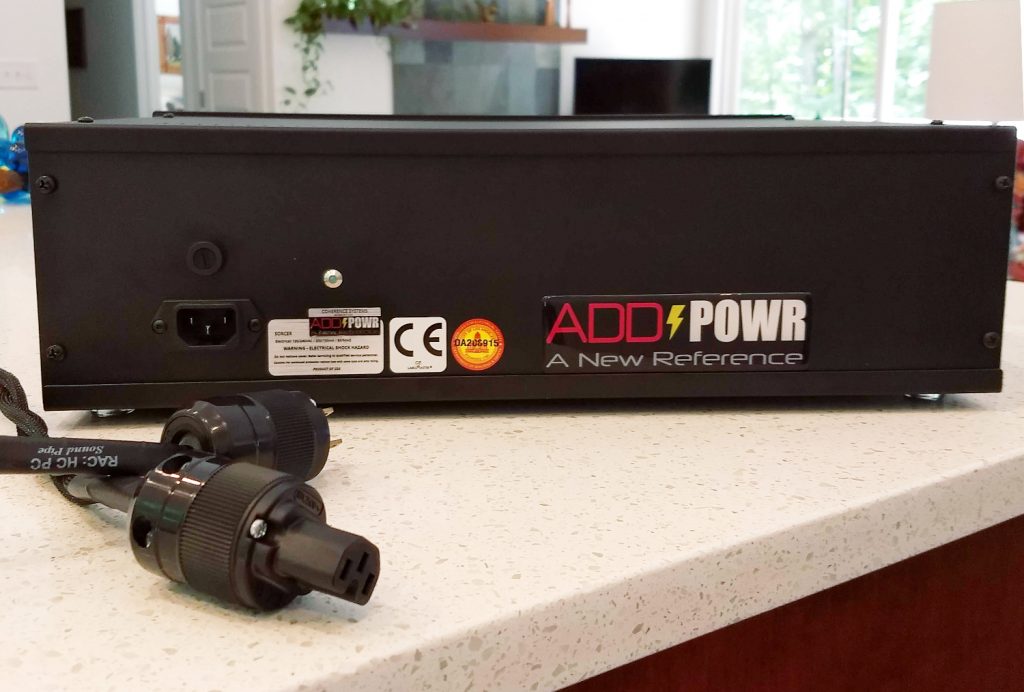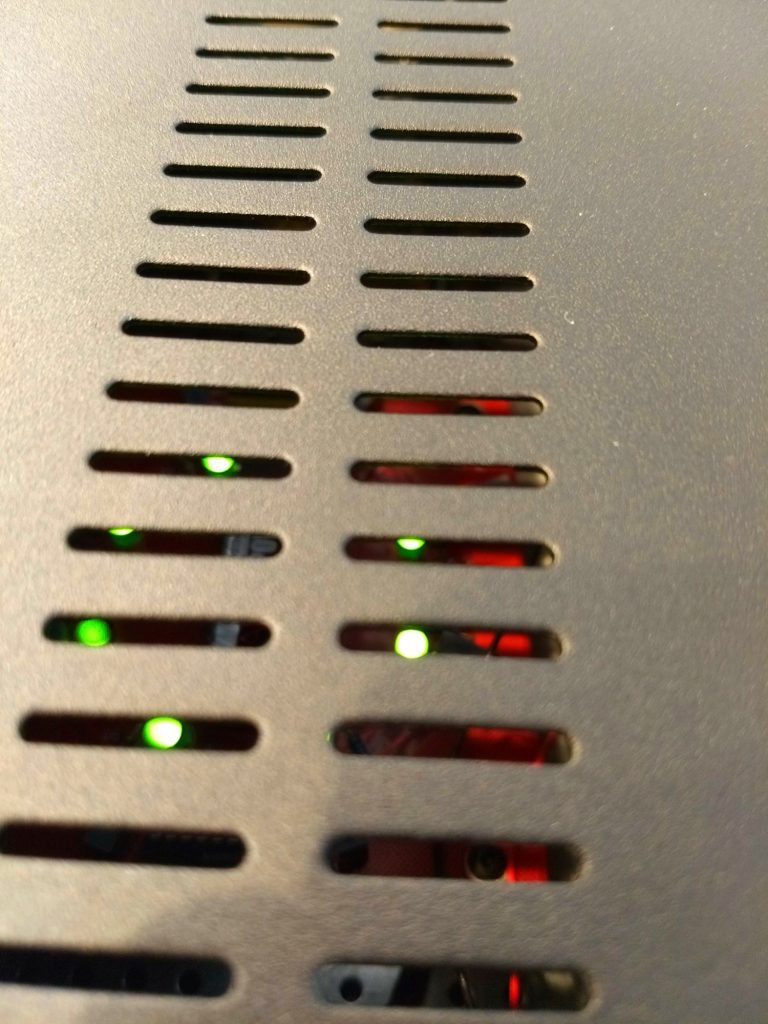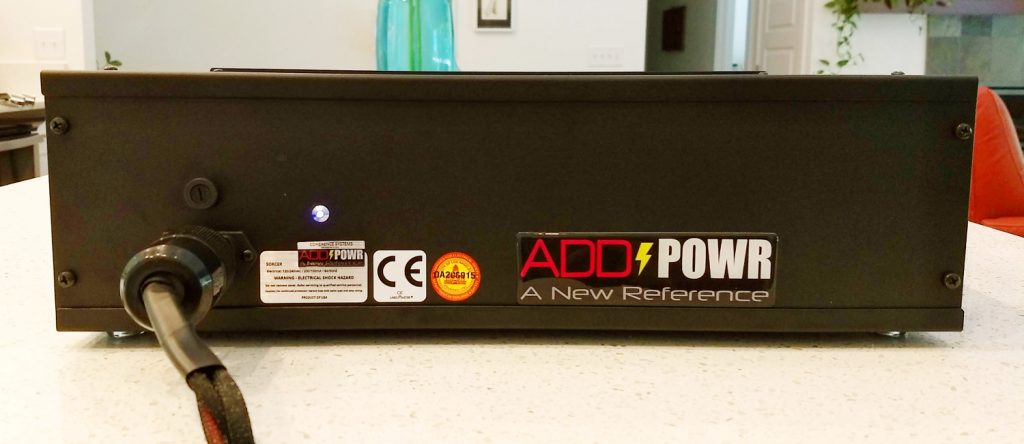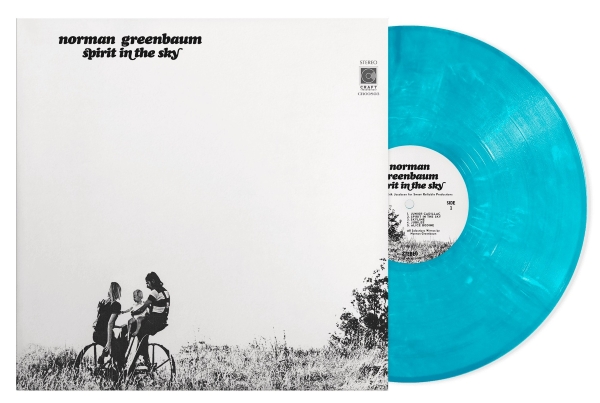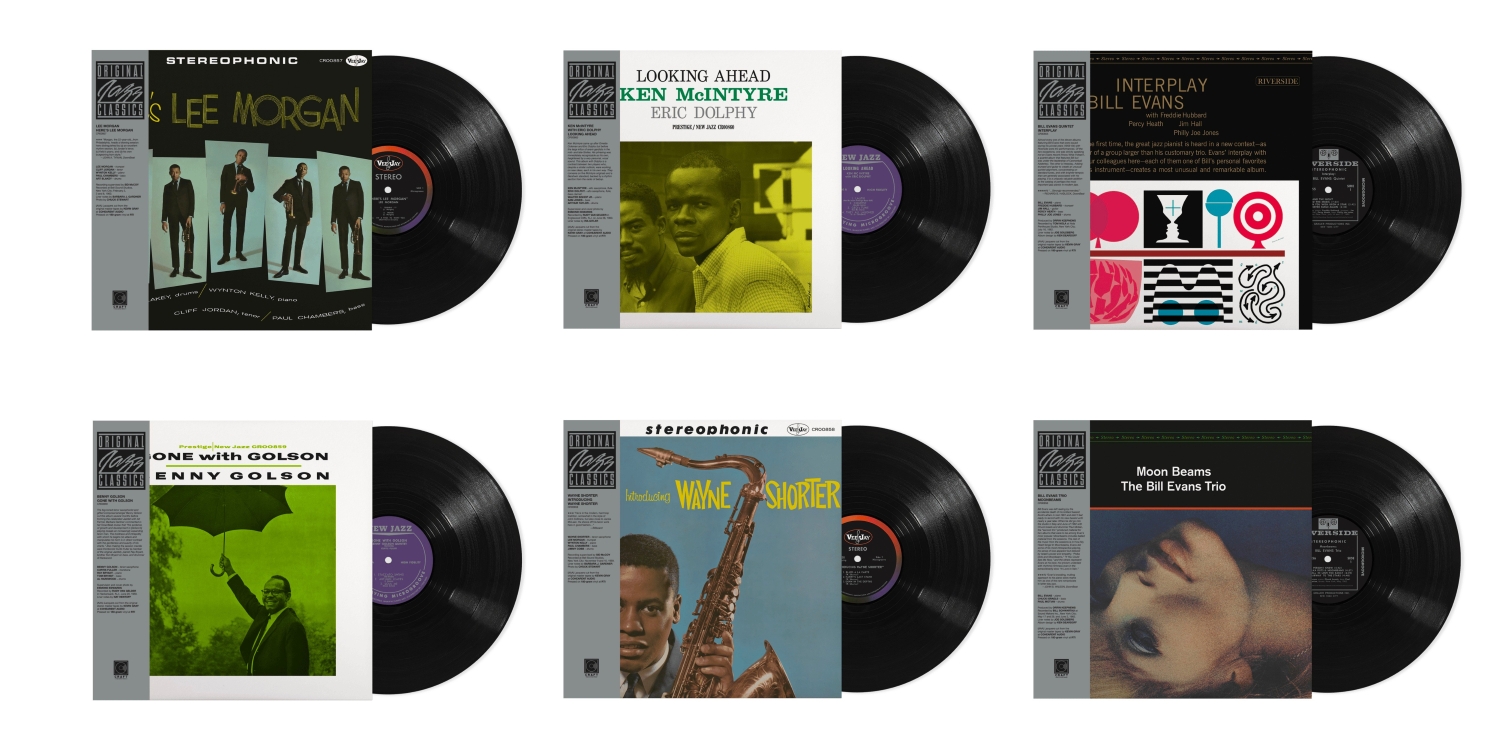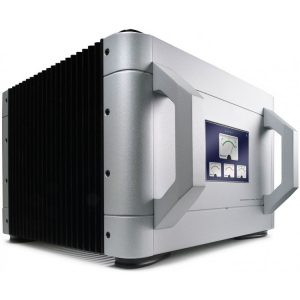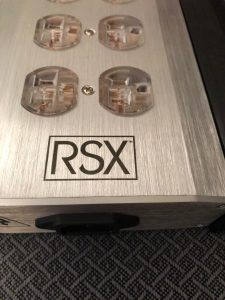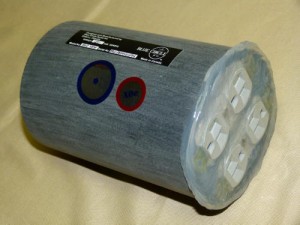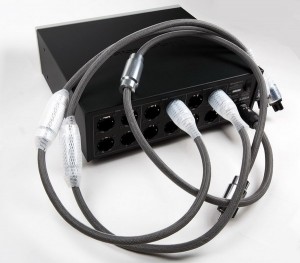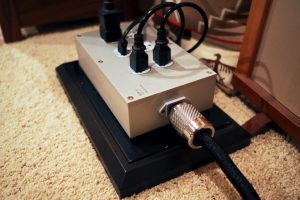I've been detailing my experiences with my new home and new listening room over the last couple of years here at PF; a recent article in the last issue (HERE) chronicled my ongoing battles with a seemingly never-ending variety of sources of noise in the listening room. A room that, from the beginning, was designed to be essentially noise-free. The battle continues, but I'm at least making progress, having finally resolved the nagging upstairs-refrigerator noise problem.
I had an epiphany last week regarding the whole audiophile experience, and how it relates to my ongoing noise problem; I'd just posted some pictures for an upcoming review project (NSMT Model 25/Chorus Loudspeakers) on Facebook and Instagram, when a reply to one of the posts really grabbed my attention. The photos were a combination of up-close shots and a long view of my listening room, when friend, jazz guitarist extraordinaire, and PF co-contributor Wayne Goins responded with an incredulous "That's your listening room!?!" You know, there's been a great deal of discussion online via social media and forums among audiophiles along the lines of a number of topics. Like "audiophiles are mostly old white men" to "the marginalization of women in audio" to "self-absorption with audio at the cost of exclusion of just about everything—and everyone else in your life." This gave me pause for some needed reflection.
You know, I've been moving my whole life towards what seems like the audiophile ideal—part and parcel with the achievement of the absolute sound. That of a dedicated listening room, built to enhance all interior sound parameters, while minimizing all exterior intrusions. And while I feel like I'm finally, nearly there, I still reflected on this over a period of several days. Many audiophiles—with systems that would probably dwarf and embarrass my relatively modest setup— probably don't have the luxury of a dedicated listening room, or have little control whatsoever over the ambient noise levels of daily living. While I'm very happy with my current setup, I also feel somewhat sheepish and perhaps self absorbed that I've seemingly allowed myself to reach this level of room quiet overkill. Fortunately, my day job, my wife, my extended family, my new grandson, and getting out occasionally and drinking a few beers, keeps me heavily engaged with the outside world, which tends to help keep my isolationist tendencies to a minimum. I don't get to spend nearly as much time in the listening room as I'd probably like, and realistically, that's probably a good thing.
Anyway, about the same time as I published the above-mentioned noise piece, I also got a new review opportunity from a company I had zero prior knowledge of: ADD-Powr. ADD-Powr is a brand of Coherence Systems, a Southern California company helmed by Bill Stierhout, whose primary claim to fame came from his groundbreaking design work for Quantum Products, a company he launched in 1997. With Quantum Products, he developed Quantum Resonant Technology, originally with a focus on applications of electromagnetic field effects in biomedical electronics. Those applications eventually were found to also have great use in the audio field—particularly when implemented in power enhancement products. In 2008, audiophile giant Nordost bought Quantum Products, and Bill's QRT technology has since been employed in a broad array of Nordost QRT power products. The Nordost QRT line has gained great acceptance and acclaim from the audiophile community, and has gained a much wider audience for Bill's QRT philosophy of power enhancement. The ADD-Powr product line builds upon that excellent foundation, by drawing upon and evolving the QRT design approach, while at the same time employing radical new design philosophies and improved technology in electrical field energy and its application to audio power products.
The unit in for review is the Sorcer X2; it has an MSRP of $2999.95 (USD). The Sorcer is an electrical power line conditioner that tunes electrical fields by an algorithmically controlled broadcast of specific low frequencies, then conditions the AC line voltage through a low frequency pulsing action. This causes a voltage increase to system component power supplies at a super low frequency band. That frequency (along with harmonics) is too low to be filtered out by any of your equipment power supplies; it passes on and becomes the new system voltage reference. There are no outputs of any sort on the device—in its simplest application, you simply plug the X2 into the wall outlet (or dedicated line) your audio equipment stack is connected to. Bill says that with the much more powerful Sorcer X4 (four internal transformers and an MSRP of $3999.95 USD), you can actually improve the power spectrum of your entire home. You might need some help from your local electrician, but your home electrical system can be easily configured such that it will allow the Sorcer X4 to impact all the electronics in your home. Bill says that even the Sorcer X2 is powerful enough to provide a benefit to your entire home! And either Sorcer unit will add an improved level of clarity to your home theater or any other video setups. For this review, however, the Sorcer X2 was used exclusively for audio purposes.
My original listening room design was to have separate dedicated lines for sources and amplification, and I have two 20 amp, 10 gauge dedicated lines connected to hospital grade outlets that run into the listening room. However, I currently have the entire equipment stack, including source equipment and amplifiers connected to a single dedicated line with a fourplex outlet configuration on the room's equipment wall. I've gotten a lot of feedback from audiophile sources (including Gordon Rankin of AudioQuest) confirming this setup to be correct, and I haven't noticed issues with any of the connected equipment during playback. One of my fears was that power amps might be constricted or feel headroom limited by this configuration, but so far no worries. I'm currently using a modest Furman unit that supplies power to all the source equipment; additionally, an Emotiva CMX2 common mode unit supplies power to my pair of mono amplifiers. The Sorcer X2 is placed in the outlet at the line input of the fourplex; there are no other outlets inserted into the path from the breaker box to the point of equipment connection. The Furman and Emotiva units are located in two of the fourplex outlets downstream from the X2.
The Sorcer X2 arrived in a monstrously oversized double-box weighing in at about 35 pounds ("What the Hell is that?" my wife exclaimed); the unit itself weighs about 26 pounds. It resembles a power amplifier more than anything else, with a large Sorcer logo emblem deeply debossed into the heavy aluminum front panel. There are no switches or connections on the exterior panels of the unit, save for a standard IEC power input connector and a blue LED light on the back panel. The LED is only illuminated while the ADD-Powr function is being performed. You supply your own power cord, and here, the options are limitless for you to "roll your own," and hopefully offer some additional impact on the performance and eventual sound coming from the unit. I'm using a heavy braided cord from Rite Audio Cables and it seems to be serving its purpose very well. My review unit came equipped with a 100 milli-amp fuse block on the back panel. The fuse holder is an option; those who play about with exotic audiophile fuses might see it as necessary for maximum performance potential.
Under the hood of the Sorcer X2, there's a substantial pair of line transformers, along with multiple circuit boards that include a microprocessor controlled digital amplifier. The circuit board that's nearest to the ventilation ridges on the top of the case employs a series of LEDs that glow in an intermittent circular rotational motion when the unit is first plugged into the power outlet. At this point, the Sorcer's sequential algorithmic program is running, and after a very brief period, when the Sorcer's active circuit is fully engaged, the LEDs shut off. About every sixty seconds, they re-engage, as the circuit's function is continuously renewed during operation.
Another interesting and perfectionist touch with the Sorcer: all wired connections are coated with exotic compound Graphene which is an allotrope of Carbon in the form of a microscopic hexagonal layer of molecules. It's the strongest compound known to man, with a tensile strength 100-300 times that of steel. At one atom thick, it is also the thinnest and lightest compound known to man; add multiple layers of Graphene and it becomes Graphite. It's also the best electrical conductor known to man; Bill tells me that the use of Graphene isn't essential to experience the Sorcer technology to the fullest, and its use is definitely still a work in progress. But I wouldn't argue against its application here enhancing the already superb properties of the Sorcer X2.
Upon arrival, I unboxed the unit, plugged it into the AC power fourplex, and basically went about my business for a week or so. Day job was crazy (as usual!) and I had a lot of outside projects I was working on around the house—another way my wife manages to keep me disengaged from the listening room! As I mentioned before, the Sorcer is an additive process, versus a subtractive one. While it is a power conditioner, unlike a more traditional conditioner, the power doesn't enter the unit, then exit via a group of AC outlets or any other means. And it's not a power regenerator; it serves as a digital re-referencer or re-clocker. It accomplishes this function by a proprietary, sequentially generated algorithmic program that adds one or two decibels of frequency-specific electrical field energy harmonics that work to eliminate any noise or electrical hash from the dedicated power line. Because it doesn't filter the power function like a traditional power conditioner, there's no impact on your system impedance or amplifier peak current capabilities. ADD-Powr stands for Algorithm Digital Defined Power; the company's name actually describes the unit's function.
The Sorcer X2 draws virtually no current, and during use remains very cool to the touch. It emits a very soft (but virtually unnoticeable) hum while in action; the hum cannot be heard from the listening position. Despite that, my initial impression was with the Sorcer X2 in place, my room was much quieter than with the use of the iFi Audio AC iPurifiers I'd recently had in the system (you can read my review HERE). The AC iPurifiers are small devices that attach to the AC line feeding your equipment stack; each unit contains a small circuit that samples the noise spectrum of your AC power. An opposing electronic signal is then generated with the intent of canceling any AC line noise. At only $100 (USD) each, they were surprisingly effective at providing an improved level of clarity to my system. But compared to the robustness of the Sorcer, the Ffi units are more like, well, toys.
The Sorcer X2's generated signal increased the level of clarity in my system exponentially, and to a degree I really wasn't quite prepared for. And as an added benefit, ADD-Powr's website claims that the circuit will add about 1 to 5 percent to your system's signal-to-noise ratio, a typical energy increase of about .8 to 2.5dB. My current system has a s/n ratio of about 110dB, so that would theoretically increase that to somewhere in the neighborhood of 112dB—or more! With every 3dB increase in output roughly equivalent to a doubling of the perceived sound pressure level, I feel pretty safe in extrapolating that to mean a drop in the noise floor to roughly half of its current level! Pretty damned impressive, and my listening results totally bear that out. When I'm typically listening to music, I listen at what I consider reference levels; that basically translates into very loudly. And while the Rat Shack SPL meter I occasionally pull out often hits peaks in the neighborhood of 105dB with full-scale orchestral or prog or rock music, a much more common level for me is around 85dB with the vocal music I regularly listen to. At all playback levels, there's a distinct lowering of the noise floor versus what I hear when the Sorcer X2 is removed from the system.
But while a lot of the focus is on reduced noise, that's not the only sound parameter the Sorcer technology is capable of rendering improvement to. Yes, the reduction of noise lends greater clarity to everything, but I'm also hearing the music rendered with gobs of detail and also with much more fluidity. And I'm hearing pieces I feel I'm intimately familiar with differently from my previous experiences—mostly a good thing, though not always! Sounds that have been previously obscured by noise are now quite clear—an example is from the Patricia Barber album Nightclub. On the track "Autumn Leaves" there's what I've always perceived as a very slight electronic buzz in the background; I always assumed it was something in the equipment when the recording was made. Listening to it with the Sorcer X2 in place, it sounds much less electronic, and much more like low-level hiss. Which makes it way less annoying!
Another example: I'm a big fan of Seventies and Eighties choral recordings on the Proprius label from Sweden. They're very naturally miked, and you get a ton of ambient information along with the superb singing—in this case, the Mikaeli Kammarkor (St. Michael's Chamber Choir), on the disc Three Masses of the 20th Century. The last movement of the Mass in G major by Poulenc, the "Angus Dei," contains one of the most inspired and haunting soprano solos on record, and I've listened to this piece literally hundreds of times. It's one of my go-to demonstration discs for this type of music. And with the Sorcer X2 in the mix, her voice is warmer and sweeter—and much more viscerally piercing—than I've ever heard before. But there's something else there I've also never heard: a constant, low level ambient drone that runs almost the entirety of the performance. Not enough of an annoyance to ruin it for me, but it's definitely there, nonetheless—and now, I cannot unhear it. Never heard this in the past, not even once! When you're getting the level of unvarnished clarity and increased detail offered to your system by the Sorcer X2, it can sometimes be, well pretty jarring, to say the least!
When Bill says the Sorcer will increase your system's signal to noise ratio, that's a total understatement. I feel my system has greater dynamics, more headroom, plays more effortlessly—you get the picture. I have another review project going on that involves a recent series of SACD discs on the Chandos label that covers the orchestral works of Aaron Copland. These discs possess phenomenal dynamics; it's a definitive set of interpretations that literally blows away any recordings of these works I've ever heard. I just acquired a new Yamaha BD-A1060 universal player; it's a shockingly good player with true audiophile features—a real rarity at the under $500 mark. Connected to my PS Audio Gain Cell DAC/Pre's balanced inputs, SACD through the BD-A1060 offers up a dynamic and powerful full-range orchestral experience that is just mind-blowingly breathtaking, to say the least. This music sounded magnificent before the X2 showed up, but now...its unrestrained grandeur knows no limits!
Can you handle the truth? My experience with the Sorcer X2 has basically been this: it gets you closer to the truth. Much closer. Whatever you're looking for in your audiophile journey—clarity; sweetness; liquidity; unbridled, limitless dynamics—you'll never truly achieve them without really great AC power, and the Sorcer X2 helps you achieve that greatness. It will lay any faults with your system or chosen recording bare—but it will also allow all your equipment to play at an unparalleled level. At almost $3k (USD), it's a substantial investment, but if you demand everything your system is capable of—it's an essential investment. My thanks to Bill Stierhout for his assistance and for the opportunity. Very highly recommended!
ADD-Powr Sorcer X2
MSRP $2999.95
ADD-Powr, distributed by Coherence Systems
All images courtesy of Coherence Systems and the author





